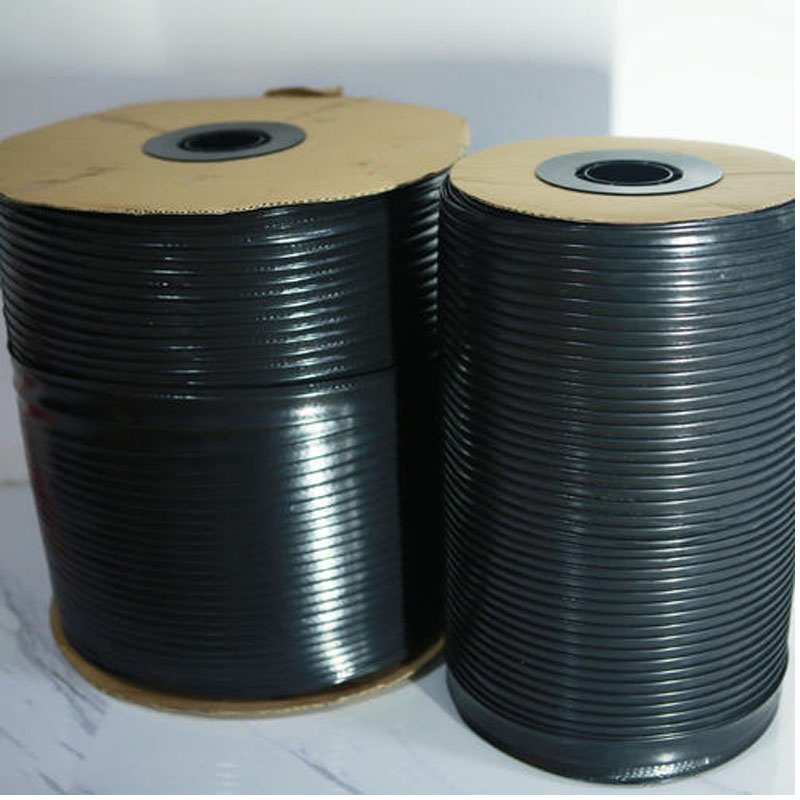Nov . 08, 2024 01:25 Back to list
Affordable HDPE Pipe Pricing and Products for Your Needs
Understanding HDPE Pipe Pricing Factors, Trends, and Market Insights
High-Density Polyethylene (HDPE) pipes have become a popular choice in various industries due to their durability, flexibility, and resistance to corrosion. These pipes are widely used for water supply, sewerage systems, gas distribution, and irrigation. However, understanding the pricing of HDPE pipes is essential for businesses and contractors alike. This article explores the various factors influencing HDPE pipe prices, current market trends, and some insights for potential buyers.
Key Factors Influencing HDPE Pipe Prices
1. Raw Material Costs The primary component of HDPE pipes is high-density polyethylene resin. The price of this raw material is influenced by global oil prices since polyethylene is derived from petroleum. Fluctuations in crude oil prices can directly affect the cost of HDPE production, which in turn impacts pipe pricing.
2. Production Processes The methods used in manufacturing HDPE pipes, such as extrusion, have an effect on the overall cost. Advanced technologies and equipment may lead to higher initial investment but can result in improved efficiency and reduced production costs in the long run.
3. Pipe Dimensions and Specifications The size, thickness, and specific compliance standards of HDPE pipes (such as pressure ratings or resistance to environmental stress) also affect pricing. Generally, larger diameter pipes or those with higher pressure ratings will be more expensive due to the increased material costs and manufacturing complexity.
4. Market Demand and Supply Like any product, the dynamics of supply and demand play a crucial role in pricing. In times of high demand, such as during extensive infrastructure development or after natural disasters, prices can spike. Conversely, in a saturated market with ample supply, prices may stabilize or decrease.
5. Transportation and Logistics The geographical location of production facilities and customers can influence transportation costs. Local suppliers may offer lower prices due to reduced shipping expenses, while imported pipes could incur additional tariffs and shipping fees.
6. Seasonality Prices can also be affected by seasonal demand fluctuations. For example, the construction industry often sees increased activity during spring and summer months, which can lead to higher demand for HDPE pipes during these seasons.
Current Market Trends
hdpe pipe price products

As of late 2023, the HDPE pipe market has shown resilience despite global economic challenges. The construction and infrastructure sectors are expected to drive continued demand, especially as governments worldwide invest in water and sanitation projects. Sustainability initiatives are also promoting the use of HDPE pipes due to their recyclability and lower carbon footprint compared to traditional materials.
The rise of technological advancements, including smart monitoring systems integrated into HDPE piping solutions, is creating new opportunities in the market. These innovations can enhance efficiency and reduce water loss, making HDPE pipes even more attractive to utility companies.
Insights for Buyers
1. Conducting Market Research Prospective buyers should conduct thorough research to understand current market prices. Comparing quotes from different suppliers can provide valuable insights into competitive pricing.
2. Long-Term Relationships with Suppliers Building long-term relationships with reliable suppliers can lead to better pricing and availability during peak demand periods. Loyalty often results in negotiated discounts or favorable terms.
3. Understanding Specifications Buyers should be clear about their specifications. Knowing the precise requirements for the HDPE pipes needed can prevent over-specification, often leading to unnecessary costs.
4. Considering Future Needs When purchasing HDPE pipes, it’s beneficial to consider not just current needs but also potential future projects. Bulk purchasing or long-term contracts may offer savings and ensure supply during high-demand periods.
5. Sustainability Considerations As environmental concerns grow, opting for sustainably manufactured HDPE pipes can not only benefit the planet but may provide a competitive edge in eco-conscious projects.
Conclusion
In conclusion, understanding the complexities behind HDPE pipe pricing is essential for making informed purchasing decisions. By considering factors such as raw material prices, production methods, and market trends, buyers can navigate the market more effectively. As the construction landscape evolves and sustainability becomes more crucial, HDPE pipes will continue to play a vital role in infrastructure development while offering potential cost advantages for savvy purchasers.
-
High-Quality PVC Borehole Pipes Durable & Versatile Pipe Solutions
NewsJul.08,2025
-
High-Quality PVC Perforated Pipes for Efficient Drainage Leading Manufacturers & Factories
NewsJul.08,2025
-
High-Quality PVC Borehole Pipes Durable Pipe Solutions by Leading Manufacturer
NewsJul.08,2025
-
High-Quality PVC Borehole Pipes Reliable PVC Pipe Manufacturer Solutions
NewsJul.07,2025
-
High-Quality UPVC Drain Pipes Durable HDPE & Drain Pipe Solutions
NewsJul.07,2025
-
High-Quality Conduit Pipes & HDPE Conduit Fittings Manufacturer Reliable Factory Supply
NewsJul.06,2025

